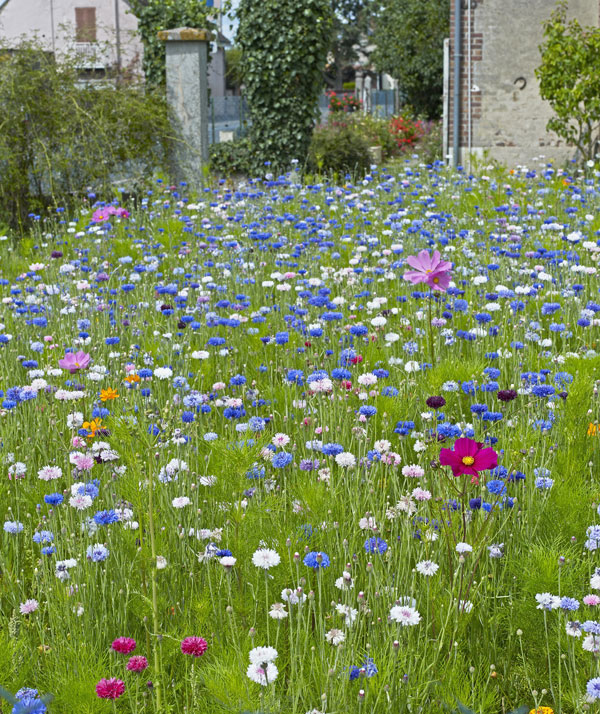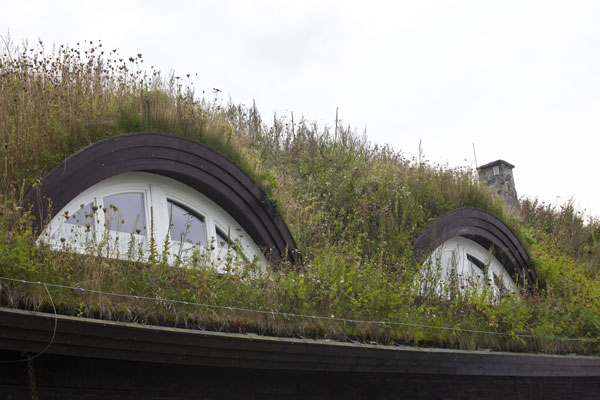Landscaping often involves a mixture of different garden surfaces. Arbour Landscape Solutions Lt...
Filter by:
This is the section of our website where you’ll find everything you need to build beautiful ...
Filter by:
Every outdoor space has three dimensions. Arbour Landscape Solutions offers an extensive range of ...
Filter by:
Introducing our comprehensive range of soft landscaping surfaces for industry professionals. Every...
Filter by:
This is where you’ll find everything you need to build the garden structures specified on yo...
Filter by:
At Arbour Landscape Solutions we know how important drainage is to the success of any landscaping ...
Filter by:
Holding it all together is our range of top quality screws and fixings. Take a good look at the pr...
Filter by:
Lightweight Concrete
Filter by:
We've compiled a comprehensive catalogue of landscaping Tools and Equipment for you to buy or ...
Filter by:
Pots can enhance a garden or commercial landscape hugely, improving a sense of arrival for any sch...
Filter by:
Arbour Landscape Solutions are proud to present this range of stunningly beautiful planters in all...
Filter by:
High-quality light fittings designed and manufactured in the UK. Stylish, durable and with a 10 ye...
Filter by:
Pots can enhance a garden or commercial landscape hugely, improving a sense of arrival for any sch...
Filter by:
Arbour Landscape Solutions are proud to present this range of stunningly beautiful planters in all...
Filter by:
High-quality light fittings designed and manufactured in the UK. Stylish, durable and with a 10 ye...
Filter by:
 TRADE & SELF BUILDERS MULTI-USER ACCOUNTS MULTI USERS
TRADE & SELF BUILDERS MULTI-USER ACCOUNTS MULTI USERS FREE DELIVERY ON ALL YARD STOCK FREE DELIVERY DELIVERIES
FREE DELIVERY ON ALL YARD STOCK FREE DELIVERY DELIVERIES INSTANT ONLINE QUOTES FREE QUOTE BUILDER UPLOAD MY LISTS
INSTANT ONLINE QUOTES FREE QUOTE BUILDER UPLOAD MY LISTSThe demand for creating wildflower areas in domestic and commercial landscaping projects has been strong for several years and looks set to continue into the foreseeable future. But wildflowers have a reputation for being a bit trickier to establish than their cultivated cousins. So how can you satisfy your clients’ wishes for a beautifully blowsy wildflower area in their own plot?
One of the Arbour Landscape Solutions team - Angela Lambert - has a special interest in wildflowers. In this article she shares her tips for growing meadow type planting schemes that will delight your client/cleint's and earn plenty of word of mouth recommendations.

Right plant, right place is the number one rule for any planting plan but is super-important when you want to grow wildflowers. It’s easy to assume that because a wildflower in the wrong place is considered a weed - that these amazing little plants will happily pop up anywhere. They won’t.
Most wildflowers are quite fussy about their conditions. They have, after all, spent several centuries adapting themselves to living, growing and procreating in particular places. Some love sunshine, others need shade. There are wildflowers that relish soggy soils and those that hate to have wet feet. And then there are the more confident, bullish wildflowers that left unmanaged will happily take over the whole meadow leaving no room for the shyer (and often prettier) species.
Start your research by looking not at seed catalogues, but at the road verges, open spaces and brownfield sites in the area. Places that are largely untouched by farmers and gardeners. What is growing there? Which “weeds” appear in lawns or pop up uninvited in borders? What grows in the cracks in the pavement?
These will give you an idea as to what will thrive in your client’s garden.
Native wildflowers are awesome - not least because they provide habitat for some of the really fussy eaters in the insect world. But please don’t dismiss the non-natives - especially if your client is dreaming of a bright colours and a long flowering period.
Brightly coloured Achilleas, honesty, sweet williams, candytuft, cosmos and more are pollinator friendly and put on a fabulous display, especially when mixed with native species.
Personally, I’m a huge fan of perennial wildflower mixes. They create all year round habitat for innumerable species. But, the colour schemes do tend to be more muted than the annual flowers.
For nutrient rich soils, temporary displays, or bright colours, an annual seed mix is sure to delight. However, if you want an equally bright display the following year, you will need to re-seed or re-turf. These beauties have adapted themselves to grow in cornfields where the soil is disturbed each winter and long buried seeds are ploughed out and exposed to the daylight that stimulates germination.

A beautiful display of annual flowers with a blue colourscheme - easily replicated by ordering a bespoke seedmix via Arbour Landscape Solutions
Establishing a perennial wildflower area takes time - especially if you are aiming for a biodiverse combination of grasses and flowering species. I’m told it takes at least seven years to settle down into a fairly reliable mix.
In my experience - it’s wise to manage your client’s expectations. Yes, a wildflower area is relatively low maintenance, but it will change its appearance from year to year. It may also need some weeding and rebalancing as it develops and changes. Particularly if the soil is rich in nutrients. Some wildflower species will turn up their toes at an excess of phosphorus in the growing medium. Others, especially Leucanthemum vulgare , Centaurea nigra and the grasses will romp away, loving all of that nitrogen and outcompeting neighbouring plants.
Let your clients know that establishing a wild flower area is an adventure and that, just as with any wild thing, they should expect the unexpected.
An annual wildflower patch is fairly easy and reliable to establish. But, as previously mentioned, will need to be started from scratch every year.
Honestly, there is for and against either method. Seeding carries a lower cost and offers many more opportunities to create custom mixes to suit your soil, your situation and your clients wish list. It can, however, be a bit hit and miss as far as germination is concerned.
The quality of the wildflower seed mixes available to order form Arbour Landscape Solutions is very high indeed. But please bear in and that some wildflower seeds need specific conditions before they’ll germinate. Primroses for example need a period of extreme cold, followed by a mild spring. If the weather doesn’t oblige us with some sharp frosts after you have sown your primrose seed - they won’t appear in the first year. You might see them popping up randomly after 2 or 3 years though - just after you’ve abandoned all hope.
Again - this is a matter of managing your client’s expectations. Just because a plant doesn’t appear in the first season, doesn’t mean the seed wasn’t sown.
With seed you are best advised to sow either in autumn or in spring… in other words, when Mother Nature herself is sowing wildflower seeds. These beauties cannot be forced or co-erced into being.
Wildflower turf on the other hand, can be laid at any time of year. Provided of course you can water it. Spring 2021 saw unprecedented demand for wildflower turf immediately after a winter that wasn’t kind to plants. However, our suppliers have plenty of stocks and even as I write, they are fulfilling orders for delivery around the country.
You may have spotted a new product on the Arbour Landscape Solutions website. Meadowscape ProTM. This is a relatively new innovation and I have to say, I rather like it. In fact, I’m planning to install some in my “bee meadow” next spring. It’s a carefully formulated mix of growing medium and wildflower seeds. Available in 5 standard seed mixes, with an option to have a bespoke version created for yourself. So simple, yet such a fabulous problem solver.
With wildflower seed and wildflower turf, good ground preparation is essential. However, for many sites, it may not be easy to till the soil. Meadowscape ProTM overcomes that problem in the simplest way possible. Don’t go digging around, just remove ALL of the vegetation (glyphosate is good for this) and then spread a 2.5cm deep layer of Meadowscape ProTM over the surface. Keep it well watered until the seedlings are well established and hey-presto! Job done.

If you put your mind to it - it's amazing where you can grow wildflowers to increase the biodiversity of a project
Choose your wildflower seed mix with care - if you need any advice the Arbour Landscape Solutions team are on hand to answer questions.
Your installation method will be down to budget, seasonal factors, time scales and accessibility. Wildflower turf is your fastest and most reliable method of establishing a wildflower area. Seed is the most cost effective. Meadowscape Pro is a good compromise where you want to save time on soil preparation.
Arbour Landscape Solutions have a wide range of landscape materials available to order online that will help you get your wildflower areas established.
Explore our website to discover
Would you like to remove the items in your basket and replace them with this order or keep all items in the basket?
